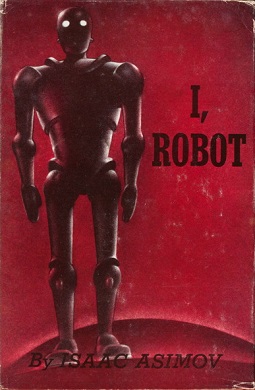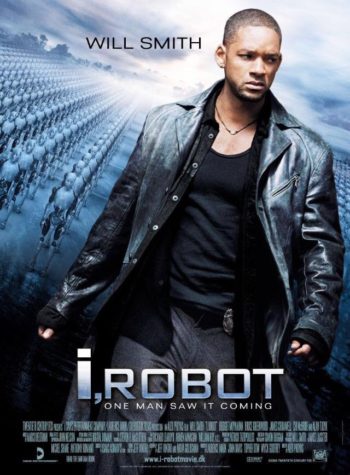Making movies out of books
February 8, 2022
Books are probably the most bountful source of adaptation material for the movie industry. Instead of choosing from the excesses of screenplays from aspiring screenwriters, unknown and often unpolished, why shouldn’t filmmakers choose new material for a box office hit from the stacks of already beloved books?
This isn’t to say that most films are derived from another piece of media; on the contrary, more and more movies in general are made from entirely new material, even as big studios seem to focus increasingly on churning out sequels and live-action remakes of their old films.
In case it wasn’t clear, that was a bitter dig at Disney, who cannot let bygones be bygones and insist upon adapting seemingly every single movie in their extended lexicon of animated works into a new film (they have 16 live-action remakes of animated movies planned out at the time of writing this).

I don’t want to imply, either, that movie adaptations of books are all bad, or even that a sizable portion of them are. They’re getting better and better. But studios that want to adapt books into the film medium, and do it well, still miss the mark on what makes a good adaptation. And that’s because these criteria are often at odds with what makes money; namely, the promise of a fast pace, lots of adventure, and a good twist that’ll turn the movie from an eh into an instant recommendation.
The first and arguably most important criteria for a good adaptation of a written work is meaningful intention. Whenever a filmmaker makes choices in how they adapt a book, they have to be precise with what they keep and what they change, and they have to know what they’re doing.
This starts with understanding the importance of every part of the story before making a decision about it. If a filmmaker doesn’t understand the intention of their material, how will they have the right intention while adapting it?
A great example of this is the film “I, Robot” (2004), a movie adaptation of Isaac Asimov’s 1950 science fiction book, directed by Alex Proyas. In the original, several characters and disconnected stories guide the reader through the development and usage of robots and the moral implications of creating artificial intelligence in Asimov’s vision of a near future. It’s complex, contemplative, and interesting– and somehow, the movie adaptation doesn’t carry over any of these qualities.
The filmmakers change the plot, the world the story takes place in, cut out most of the characters, and turn the story into a derivative action blockbuster. In the end, they’re completely different stories; although “I, Robot” has some strengths as an independent film, it fails completely as an adaptation, because the intention to adapt the actual story and moral backbone of the original novel seemed never to be taken into account in the first place.
Something that isn’t quite important as some people think it is, though, is faithfulness to the original book. Although it is important, in my opinion, to preserve the original material’s message and plot, there are some elements of story that are, in general, flexible and open to the needs of the film.
This isn’t, however, a blanket statement. Cutting out important characters for time and funding is ridiculous, and more times than not, removing even small events from a story’s plot can change the way its message takes shape. But sometimes things need to be added for the purpose of style and making use of the film medium itself.

The goal is not just to make a good adaptation; it’s also to make a great film, which is why some liberties have to be taken with elements that are unique to the film medium. This includes sets, costuming, and cinematography. Making films is a balancing act; it takes skill to not only construct these elements well, but also tie them into each other to create a cohesive, tonally consistent movie.
This applies especially to adaptations of books. A great adaptation of a book will do something unique with the storytelling elements specific to filmmaking, in a way that goes hand in hand with the details they’re attempting to preserve from the books.
There’s one final criteria that perhaps doesn’t make a movie adaptation bad if it’s not included, but certainly sets apart a great adaptation from the leagues of mediocre ones. This is the addition of something that the book doesn’t have, such as more complex character development, a stronger deliverance of the message, or more satisfying resolutions to the plot and side plots.
Take “The African Queen” (1951), John Huston’s adaptation of C.S. Forester’s novel of the same name. The original source material is a classic adventure book, taking place during World War I in German-occupied Tanzania. To a modern gaze, it’s overly patriotic and the ending betrays a lot of the progressive attitudes of the rest of the book, robbing a feminist victory for the main character Rose by making the British Navy come to her rescue in her time of need.
The movie rights these wrongs; it’s Rose’s (Katharine Hepburn) own ingenuity that makes her accomplish her goal and save the day, and the boat she captained, the African Queen, that ultimately defeats the enemy and concludes her tale. By changing the plot for the movie, the filmmakers not only improve the sometimes weak and contradictory message of the original book but also create a much stronger ending to the narrative overall, an important addition that makes “The African Queen” the adventure classic it is.
Overall, there is a distinction between a great movie and a great adaptation that needs to be mentioned. Some fantastic movies out there have their source material in books, and are nothing like them; they simply use the written work as a point of inspiration from which to expand into other territories. And that’s fine.
A film can be great overall without being a good adaptation, and that’s what distinguishes good adaptations in the first place. They have the creativity and finesse not only to exist as a strong and unique film but to essentially combine two different stories and two different mediums into one good piece of art. That’s what makes a really great, satisfying movie adaptation of a book.

